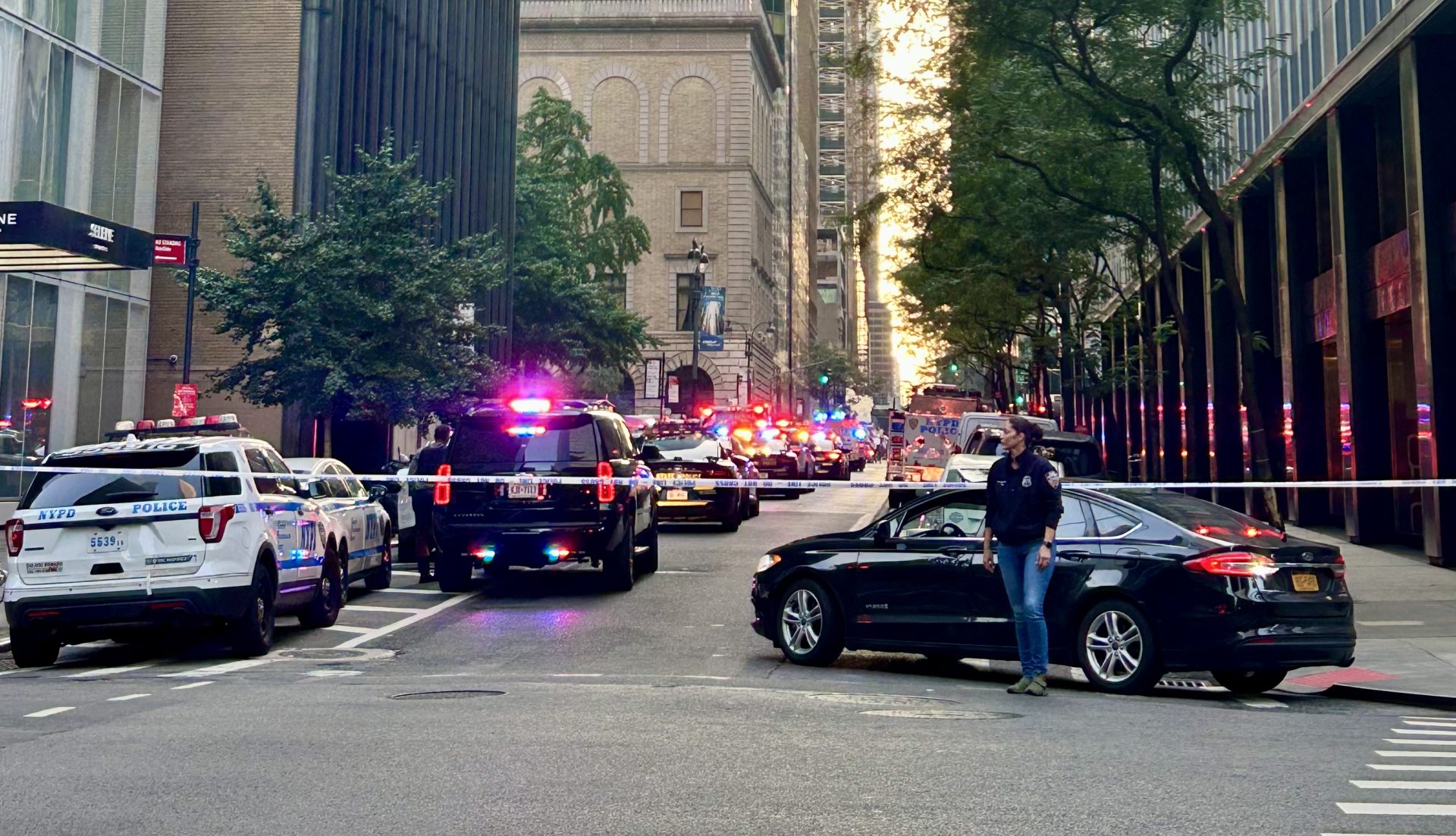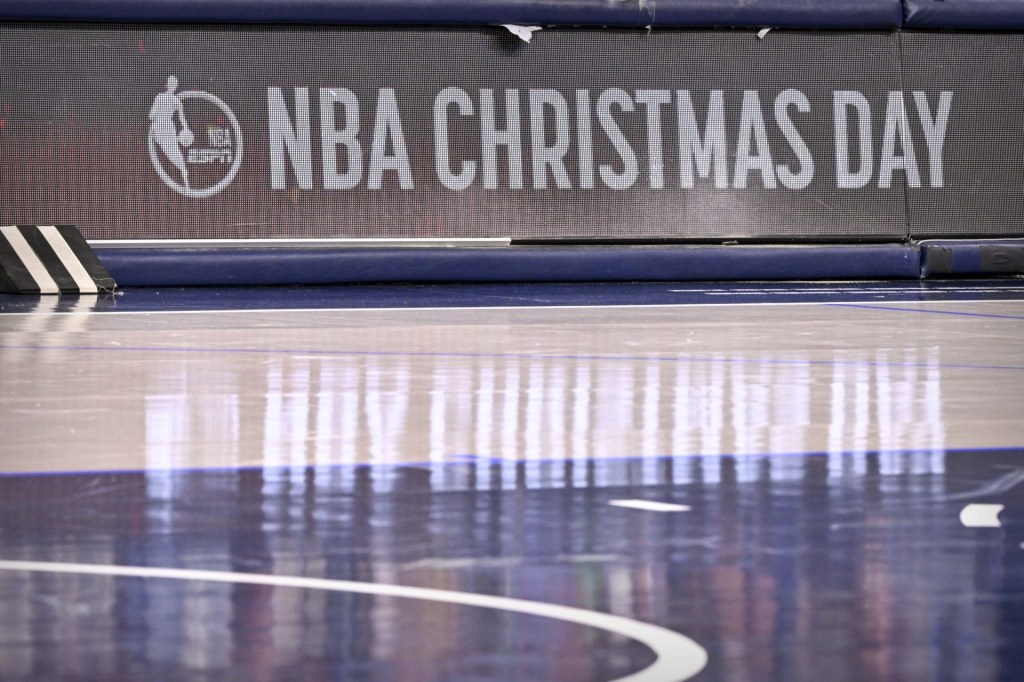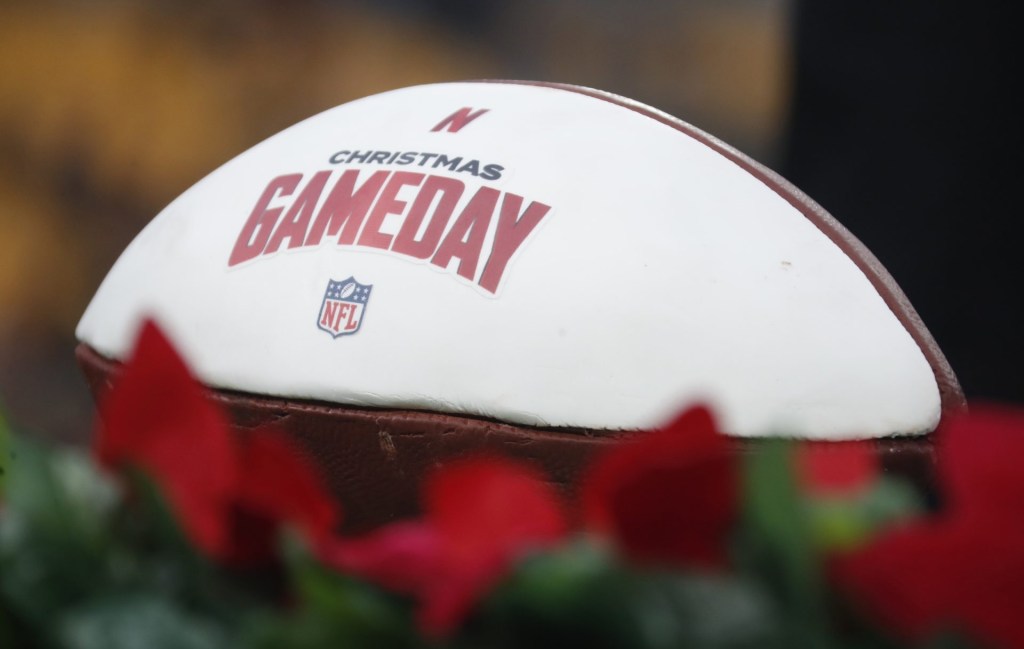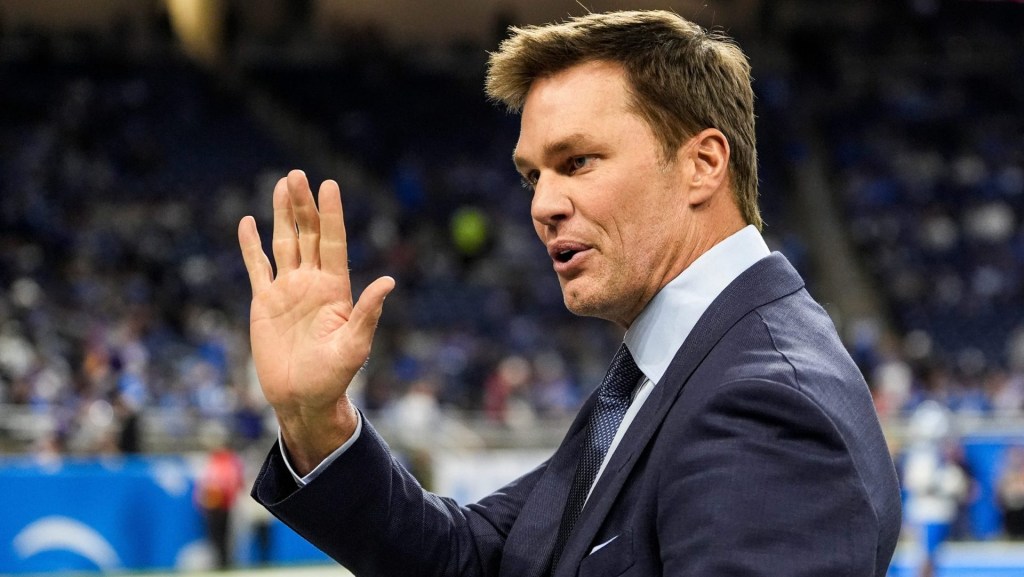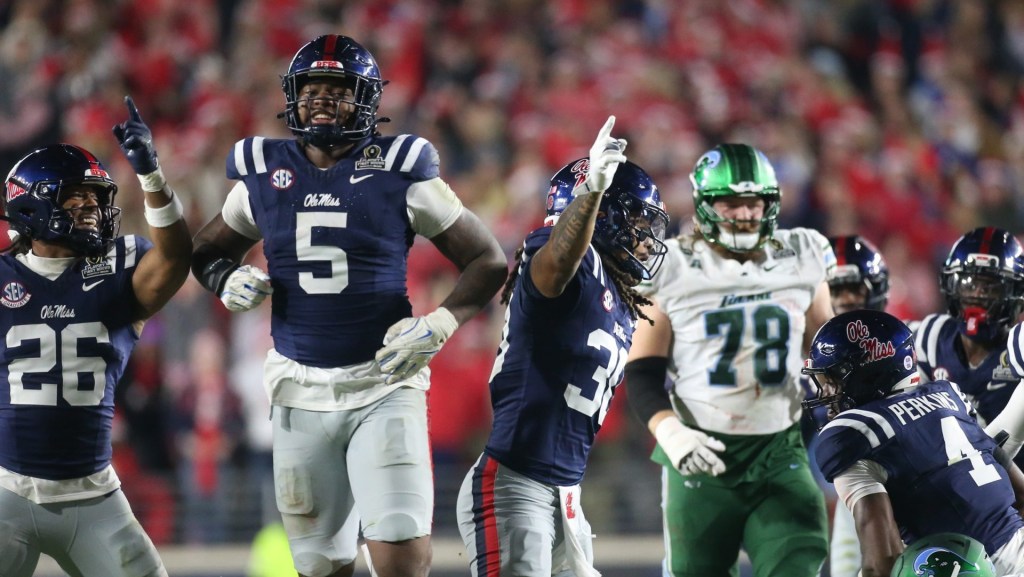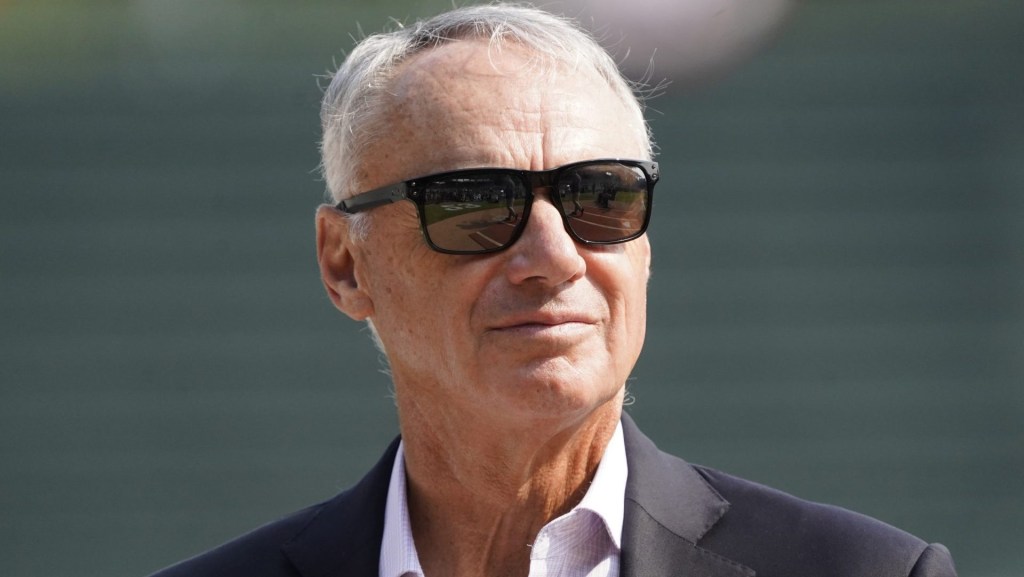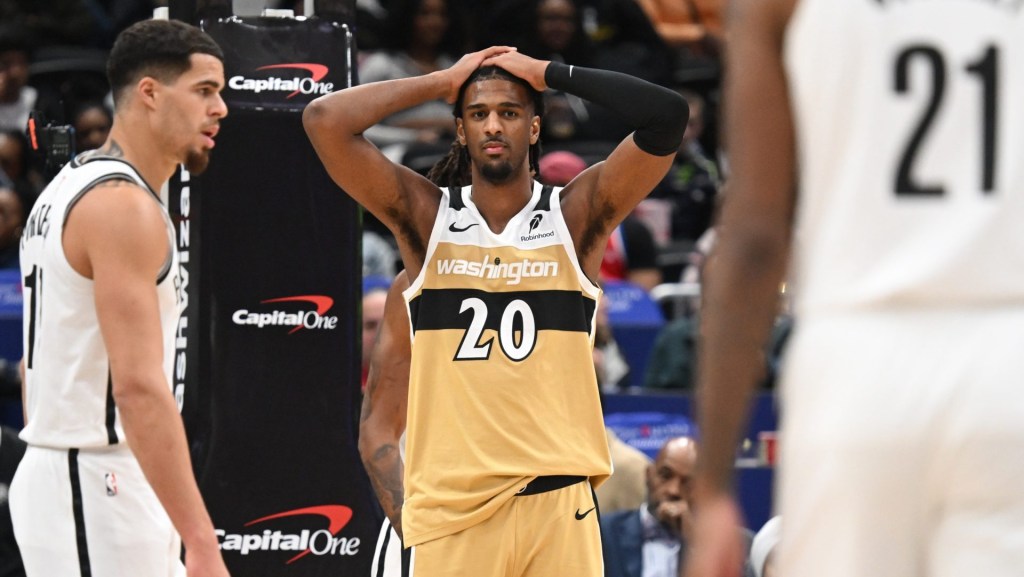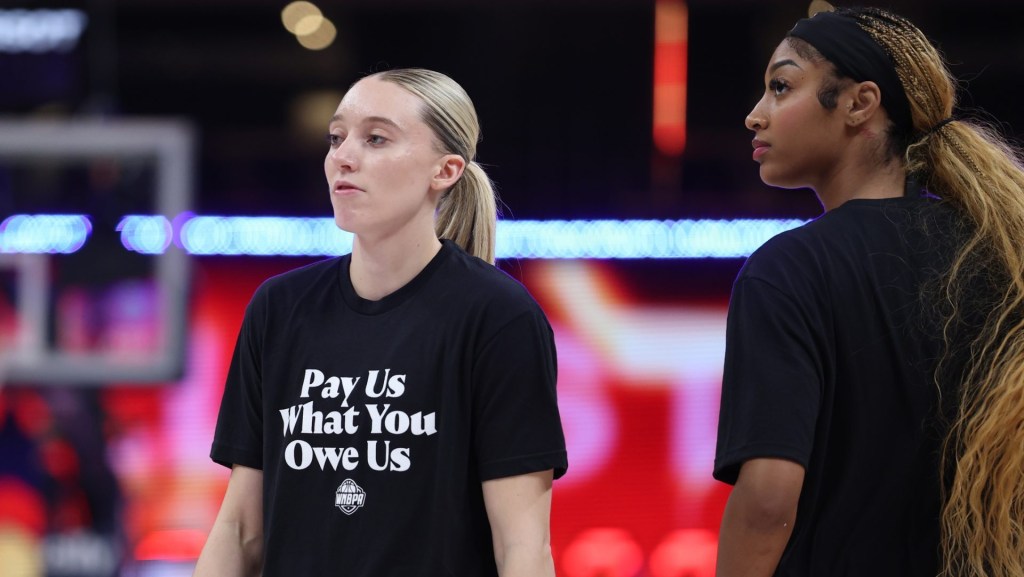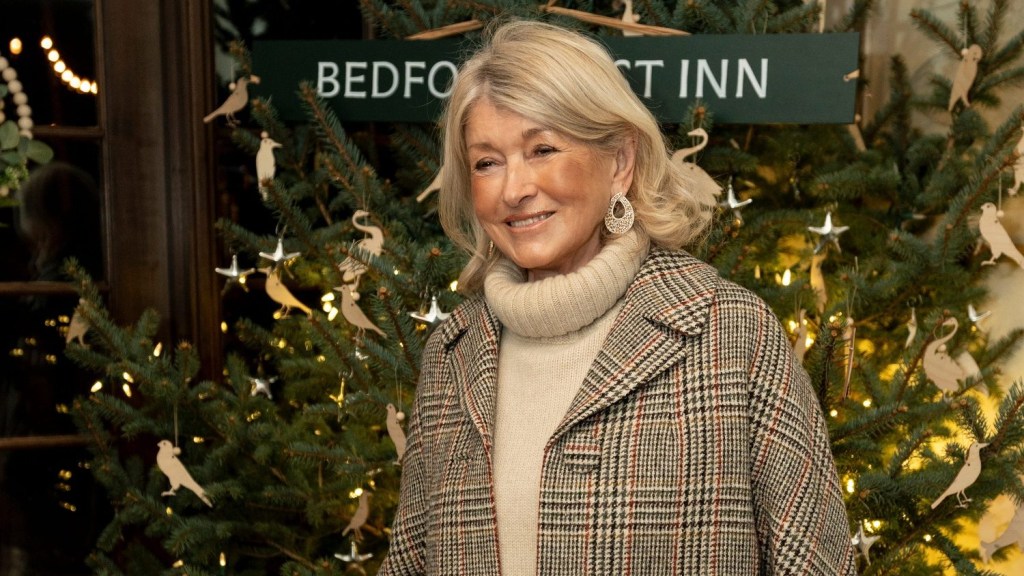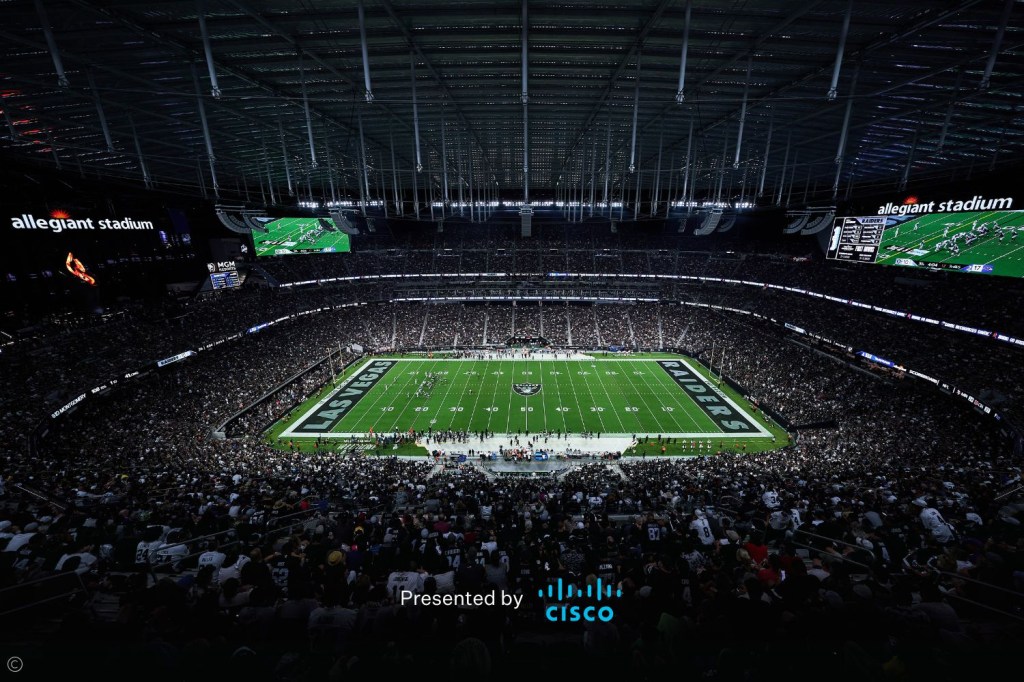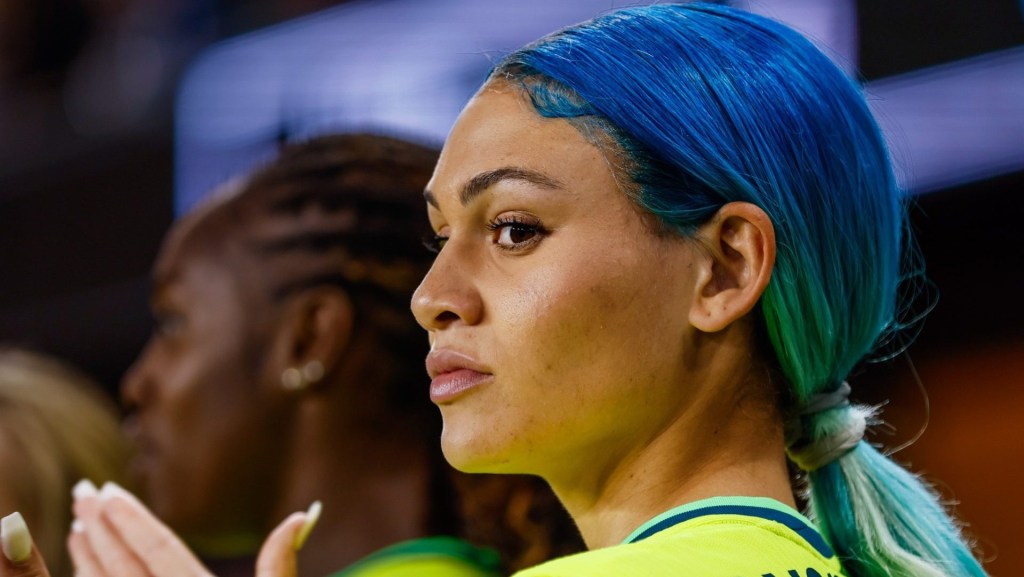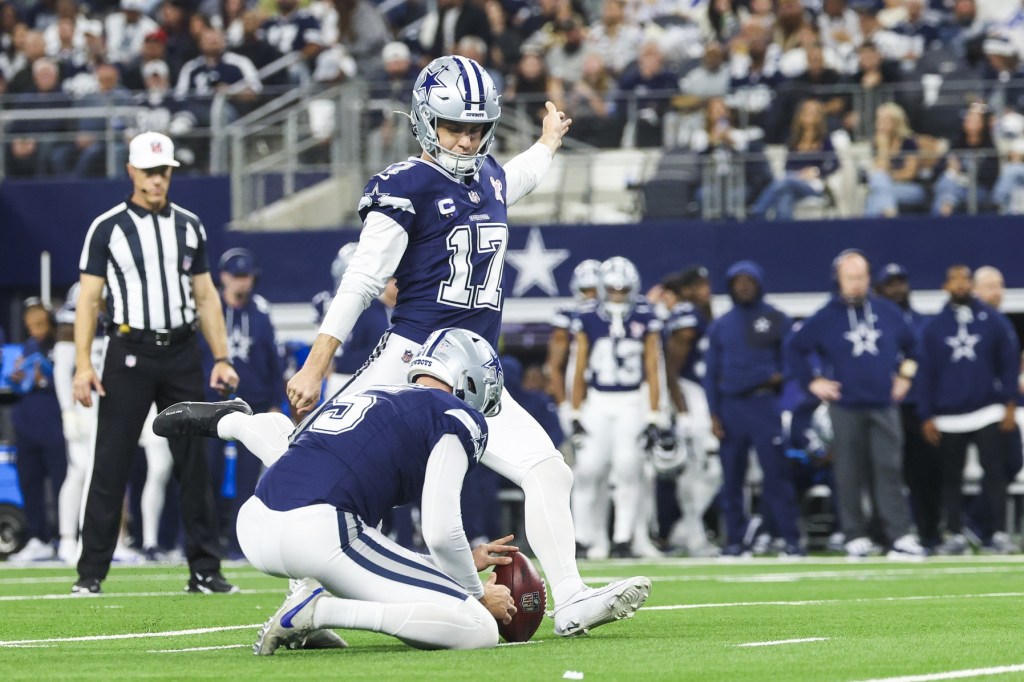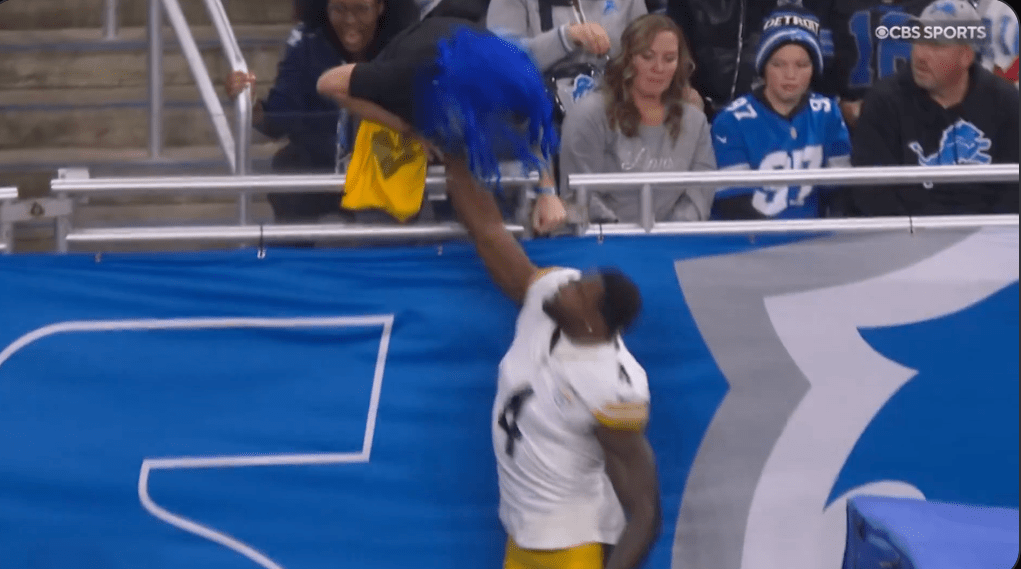NEW YORK — The 27-year-old shooter who killed four people at a commercial building Monday evening in midtown Manhattan was targeting the NFL’s headquarters, New York City mayor Eric Adams said Tuesday.
Local officials said the shooter died at the scene and identified him as 27-year-old Shane Tamura.
Four people died in the shooting, including New York police officer Didarul Islam, 36, and Blackstone executive Wesley LePatner. One NFL employee was “seriously injured” and in stable condition, commissioner Roger Goodell said in a letter to employees Tuesday. The employee was Craig Clementi, a member of the league’s finance department, The Athletic reported Tuesday.
Tamura played running back at Granada Hills Charter School in Southern California during his senior year, and he had been referred to by one local media outlet as a “standout.” He also reportedly worked as a security guard at a Las Vegas casino and never played professional football. He had a “documented mental health history,” New York police commissioner Jessica Tisch said Monday night.
Tamura left a three-page note, excerpts of which Front Office Sports has viewed. The contents of the note suggest he was targeting the NFL office specifically and that he blamed the league for having chronic traumatic encephalopathy, or CTE, a neurological disease caused by repeated head trauma that has plagued multiple NFL players. (The disease cannot be diagnosed until a person is dead.)
“The league knowingly concealed the dangers to our brains to maximize profits,” he wrote. “They failed us.” Tamura also referenced former NFL player Terry Long, who died by suicide in 2005 by drinking antifreeze.
“Study my brain please,” Tamura wrote. “I’m sorry.”
Tamura arrived in New York after driving across the country from Las Vegas in a black BMW, as late as Monday afternoon, Tisch said during a Monday evening press briefing. He then entered Manhattan early Monday evening and parked the car on Park Avenue between 51st and 52nd streets, and exited it carrying an M4 rifle.
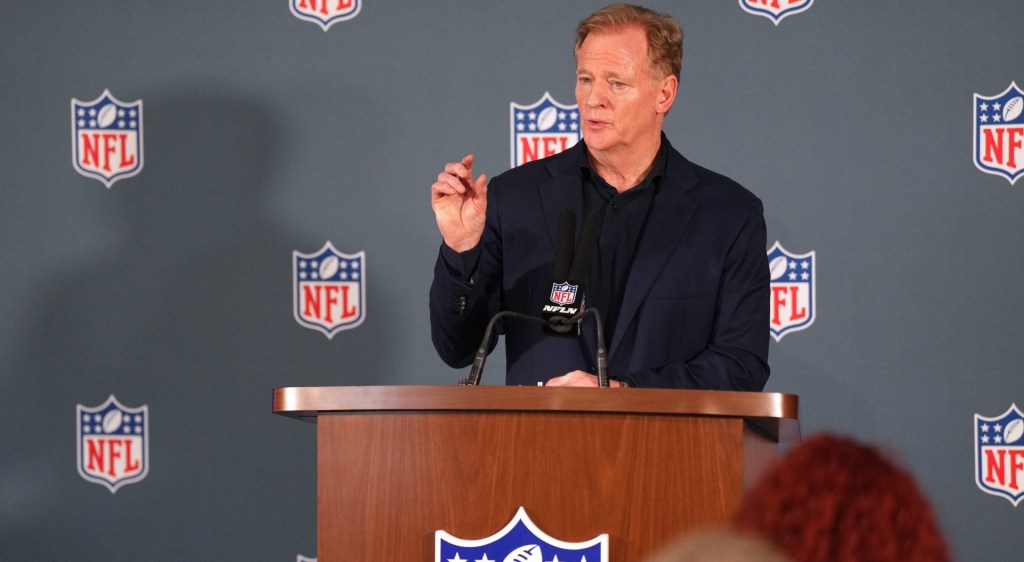
Tamura entered the lobby of 345 Park Avenue, a high-rise office building that includes multiple businesses including KPMG and Blackstone in addition to the NFL. He then opened fire, first shooting Islam, then shooting another woman and “spraying” the lobby with gunfire, Tisch said, shooting multiple people. Clementi, the NFL employee, continued to make calls warning coworkers of the shooter as he was taken to the hospital, The Athletic reported.
Tamura called an elevator and let a woman exit the elevator and walk past him “unharmed,” Tisch said, before going to the 33rd floor, where another person died in the shooting before Tamura shot himself in the chest. (Former Chicago Bears defensive back Dave Duerson shot himself in the chest a decade ago after requesting his brain be studied. Former Chargers linebacker Junior Seau also shot himself in the chest.)
Tamura was aiming to get to the NFL’s headquarters, which are on floors five through eight of the building. But he “mistakenly went up the wrong elevator bank,” Adams said Tuesday, and ended up on the 33rd floor.
First responders began receiving 911 calls reporting an active shooting at 6:28 p.m. ET, Tisch said. One office worker from the surrounding area, who declined to be named, told FOS from the scene of the shooting Monday night that they received multiple alerts around 6:30 p.m. ET to shelter in place and then evacuate with police. Personnel in the NFL office were also told to shelter in place, ESPN reported at the time.
Dozens of first responders rushed to the scene between 6:30 and 7:30 p.m. ET, with more arriving as the night went on. They included ambulances, NYPD, FDNY, state troopers, and unmarked police vehicles. Some first responders got out of their vehicles in full tactical gear. The NYPD also launched a drone toward the 33rd floor of the building.
Police closed off several blocks surrounding the area, pushing onlookers and media members at least one block back from the building’s entrance, indicating there was concern about the shooter’s ability to continue opening fire into the crowd.
At around 7:52 p.m. ET, Tisch announced the shooter had been “neutralized.” However, 345 Park Avenue was still on lockdown as law enforcement went through every floor of the building to clear it. Police escorted other surrounding office workers out of the area slowly throughout the evening.
On Tuesday morning, the NFL Players Association issued a statement saying it was “deeply saddened” by the events, extending condolences to victims’ families and calling the workers at 345 Park Avenue “part of our football family.”
In a statement on his Truth Social website, President Donald Trump called Tamura a “crazed lunatic.”
Tamura’s claim that he had CTE could not have been substantiated while he was alive. But the fact that he never played in the NFL doesn’t disqualify him from a possible CTE diagnosis.
“You don’t have to have played beyond high school to have CTE,” Dr. Robert Cantu, one of the leading experts on CTE, tells FOS. Cantu cofounded Boston University’s CTE Center, served as a founding member of the Concussion Legacy Foundation’s Board, and advises the NFL’s Head, Neck, and Spine Committee. “But your risk substantially goes up if you have played beyond high school.” Cantu added that 17- and 18-year-olds who were posthumously diagnosed with CTE experienced “significant head trauma outside of their high school football experience.”
Cantu emphasized, however, that common symptoms of CTE like “behavioral dysregulation” and “psychiatric symptoms of depression, anxiety, suicidality” aren’t necessarily caused by the disease itself, though CTE does play a role. But “the big message is that people that think they have CTE should get help—because they can be helped,” Cantu says.
“It is just tragic beyond belief that this person did not seek help,” Cantu says. “And then, obviously, it goes without saying how tragic it is what he did.”
